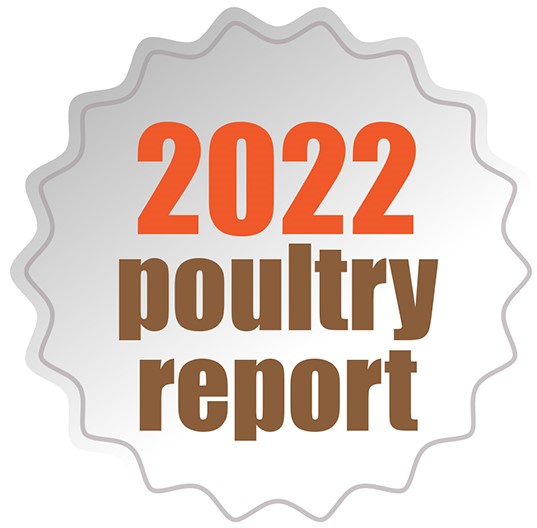
In a food sector characterized by higher prices and changing consumer eating habits, poultry is demonstrating strong resilience.
Such factors as a reputation for being a healthier and lower-cost protein option enables poultry, especially chicken, to maintain its popularity while presenting merchandisers with newer growth opportunities, analysts say.
Chicken sales fell just 2.7% versus the year-earlier period for the 12 weeks ending Oct. 31. Meanwhile, beef saw an 8.8% drop for beef; pork, a 5.9% decline; and a 4.6% decrease for meat overall, according to Information Resources Inc. (IRI), a Chicago-based market research firm. Turkey volume sales were up 13.7% during the period.
“Poultry is positioned better than many of the other proteins,” says Jim Wisner, president of Wisner Marketing, a Gurnee, Ill-based retail consultancy. “Price increases have been quite less, so the price spread between poultry and other meats has increased significantly.”
While the U.S. Department of Agriculture’s (USDA’s) Economic Research Service (ERS) forecasts that pork prices will increase between 7% and 8% in 2021 and beef and veal prices will increase from 7.5% to 8.5%, poultry prices will only increase between 4% and 5%.
“Poultry on a relative basis is even a better value than before the pandemic,” Wisner says. “Beef costs, for instance, have gone through the roof.” That is important, as significantly higher meat prices makes it more likely that more consumers will switch from beef and pork to plant-based proteins while still purchasing poultry, he says.
“Poultry faces much less risk than other proteins as plant-based becomes more economically viable,” Wisner says. “Poultry prices have not increased all that much relative to the rate of inflation.”
The average advertised price for value packs of boneless/skinless chicken breast at supermarkets was $2.33 during the period of November 26 to December 2, up from $1.96 a year earlier, the USDA states in its National Retail Report — Chicken. Figures are from a survey of 29,200 major retail supermarkets.
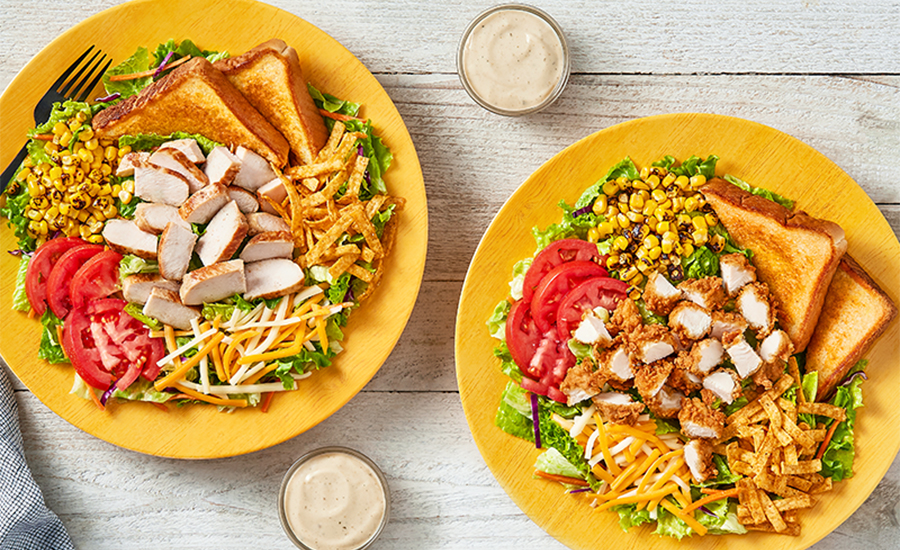
Prices also were up for value packs of thighs ($1.23 versus $1.04 a year earlier); drumsticks ($1.14 from $0.94); and boneless/skinless thighs ($2.36 versus $1.70). In addition, whole wings rose to $3.57 from $2.90, and the average price for bagged fryers was $1.45, up from $1.04.
A pause in poultry promotions
In addition to price attractiveness, poultry also is benefitting from a stronger health and wellness halo, particularly as consumers become more health-conscious because of the COVID-19 pandemic, he says.
Marketers can better succeed by emphasizing “chicken’s carefully developed health halo with an economical choice message,” says Anne-Marie Roerink, principal at 210 Analytics, a San Antonio-based market research and marketing strategies firm and preparer of The Power of Meat 2021 report. “Poultry is one of the lower areas in terms of year-on-year inflation,” she says. “Chicken always was more cost-effective than beef, and that difference is substantially bigger now.”
Yet, the prospect of empty shelves because of possible supply chain issues are contributing to a decrease in chicken features in weekly circulars, she says. “Retailers know that out of stocks, especially on promotional items, are one of the biggest drivers of trip dissatisfaction,” Roerink says. “Many retailers may opt to run fewer promotions rather than quickly running out of stock.”
Just 44.2% of supermarkets advertised chicken between November 26 and December 2, down from 67.7% a year earlier, the USDA notes. In addition, only 6.6% of outlets ran a no-price promotion such as buy one/get one free versus 17.8% a year earlier.
The so-called chicken sandwich wars at the major quick-service restaurants chains, meanwhile, is adding further allure to poultry while creating strong merchandising opportunities for supermarkets, analysts say.
Chicken sandwiches stay in the spotlight
“Fast-casual restaurants have had an amazing run with chicken sandwiches over the past four years while creating a huge category,” says Chris DuBois, IRI senior vice president of the protein practice. “The world has good chicken sandwiches available, but consumers visiting supermarkets only see a lot of overwrapped trays with chicken breast.”
With many more people still working at home because of the pandemic and seeking quick meal solutions, grocers will benefit by offering chicken sandwiches that are already breaded or marinated and just require heating, he says.
“Every big restaurant chain, and even local chains, have fabulous chicken sandwiches,” DuBois says. “If supermarkets can crack that code and provide chicken sandwiches that are like those at quick-service outlets, they will have a huge seller.”
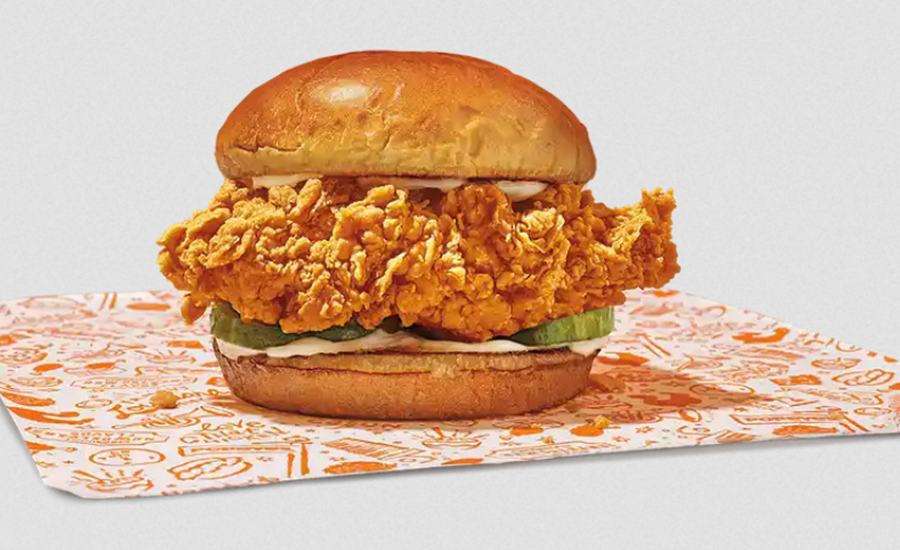
The popularity of chicken sandwiches at fast-food outlets, meanwhile, will be ongoing, Wisner says, with operators continuing to add more options. McDonald’s Corp., for instance, already offers five varieties of chicken sandwiches, along with chicken nuggets.
“Chicken on restaurant menus is increasing at light speed,” Wisner says. “It is maintaining a highly competitive position at foodservice for share of stomach.”
Along the with popularity of chicken breast, supermarkets are having an “enormous run” with chicken wings and chicken thighs, with dollar sales up about 11% and 18%, respectively, versus a year earlier, DuBois says. “You can’t grow enough chickens to create all the wings needed to satisfy Americans,” he says.
The stronger interest in chicken thighs also illustrates the greater demand for dark meat, he says: “The American chicken industry was built on skinless, boneless chicken breasts, but in the last five years there has been a big switch and enthusiasm towards dark meat. People are welcoming different flavors and cuts.”
Attractive prices also help make poultry a more popular stock-up item, Wisner says, noting further growth opportunities exist in the prepared foods sector.
“Retailers should look at what they can do to add value to chicken, particularly because shoppers have a heightened interest in increasing and enhancing the variety of what they are eating,” he says. Yet, with chicken having a lower ring than beef and generating less profit per pound, “the question is how can we increase the value and price to the consumer at a rate much lower than the cost of offering it?” Wisner asks.
A host of additional sales triggers
There is strong potential for packaged prepared protein items, including frozen selections, which enable shoppers to stock up without having to worry about consuming the products by a certain date, Wisner says. “It takes away some of the risk found in dealing with fresh products,” he says.
The fast growth of supermarket electronic commerce is creating further ways to boost poultry sales, DuBois says, which includes offering recipes and preparation ideas on social media and merchandising more product varieties online. “There is great flexibility to suggest new cuts, particularly if specific types of chicken are in short supply,” he says.
Meal kits are another attractive method for introducing different varieties and flavors to consumers. “It gives shoppers a chance to try new products and to have all the ingredients in place without feeling like they have to prepare the meal on their own,” DuBois says. “It becomes an easy way to offer new recipes while building loyalty to the store.”
Chicken occupies a solid sales and marketing position, and with such attributes as being versatile, kid-friendly, and seen by many consumers as a healthier and more economical meat and protein option, poultry will remain popular, Roerink says. “People are buying for more meals in one swoop, and it helps to purchase items that can be used in a variety of ways and cooking methods,” she adds. “Chicken definitely fits that bill.”
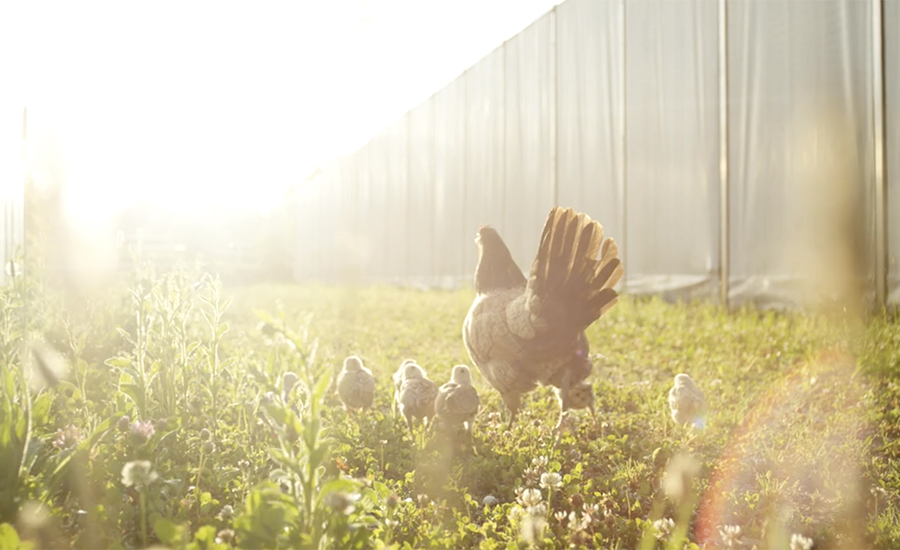

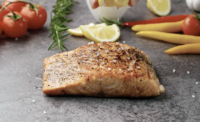
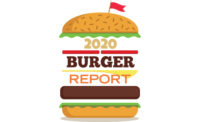
Report Abusive Comment